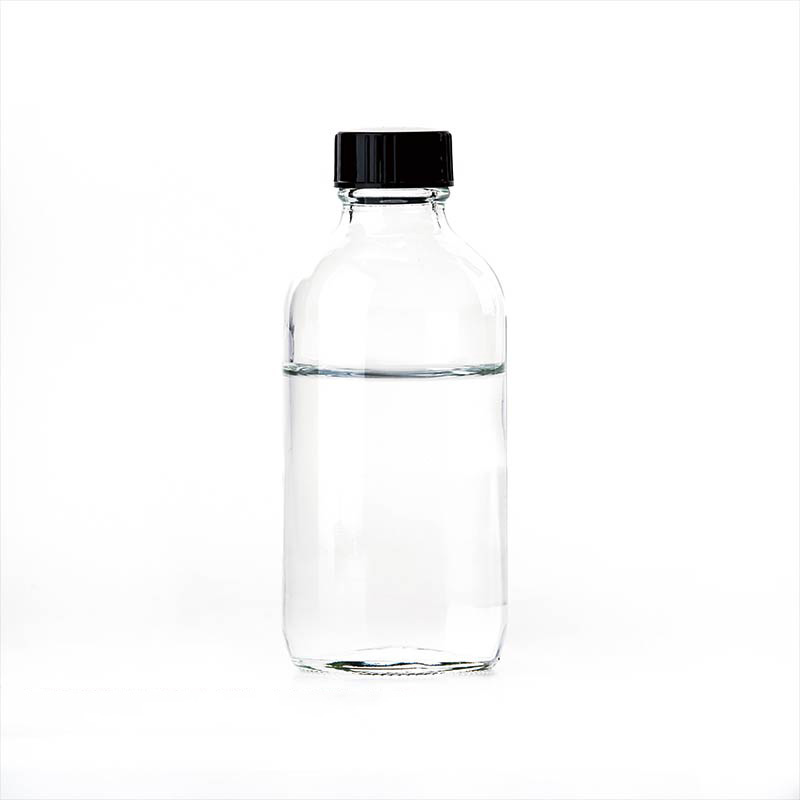Properties and Stability of Tetrahydrofuran
Tetrahydrofuran is a colorless transparent liquid with an ether like odor. It is miscible with water. The azeotropic mixture composed of water can dissolve alkaloids such as cellulose acetate and caffeine, and its solubility is better than that of tetrahydrofuran alone. General organic solvents such as ethanol, ether, aliphatic hydrocarbons, aromatic hydrocarbons, chlorinated hydrocarbons, etc. can be well dissolved in tetrahydrofuran. It is easy to combine with oxidation to form explosive peroxides in air. It is non corrosive to metals and has corrosive effect on many plastics and rubbers. Due to low boiling point and flash point, it is easy to ignite at room temperature. During storage, oxygen in gas can react with the tetrahydrofuran to form explosive peroxides. Peroxides are more easily formed under light and without water. Therefore, 0.05%~1% hydroquinone, resorcinol, p-cresol or ferrous salt and other reducing substances are often added as antioxidants to inhibit the formation of peroxides. This product is low toxic, and operators should wear protective equipment.

Chemical properties: Tetrahydrofuran generates explosive peroxides due to self oxidation in the air. Succinic acid is formed when nitric acid is used for oxidation. Under the catalysis of alumina, pyrrolidine is obtained by reacting with ammonia at 300~400 ℃; Tetrahydrothiophene is obtained by reacting with hydrogen sulfide at 400 ℃. In the presence of zinc chloride, it is easy to generate 1,4-butanediol and 1,4-dihalide by the action of acid or acyl chloride. Under the influence of light, 2,3-dichlorotetrahydrofuran is generated by chlorination at room temperature. The chlorine atom in the second position is very active and can be directly replaced by alkoxy group, acetic group or alkyl group of Grignard reagent. Tetrahydrofuran was dehydrated to butadiene at 270 ℃ using acid phosphate as catalyst. During heating, tetrahydrofuran reacts with hydrogen chloride gas to rearrange into 4-chlorobutanol. In the presence of aluminum trichloride, tetrahydrofuran reacts with lithium aluminum hydride to quantitatively generate butanol.